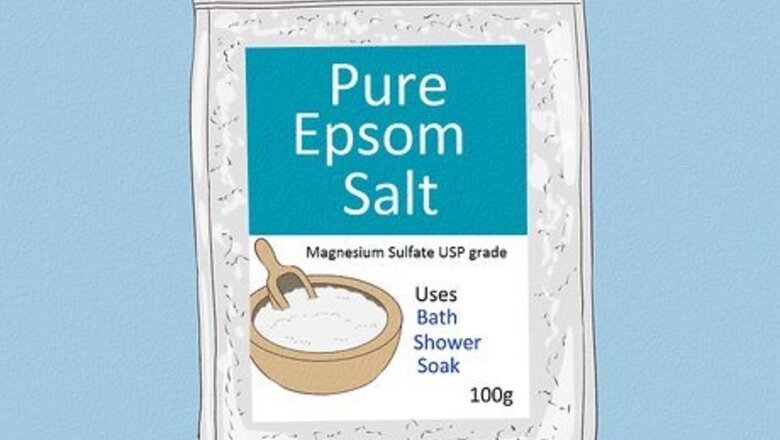
views
Preparing to Soak Your Feet
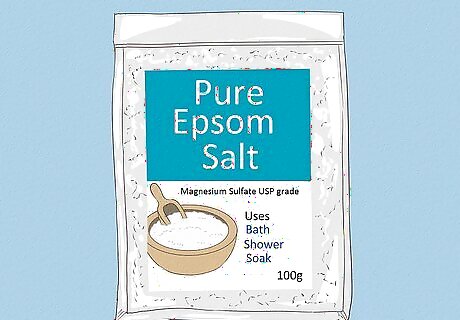
Buy Epsom salt. Epsom salt is available at most drug stores. You’ll likely find it in the same section as painkillers (aspirin, ibuprofen etc.) and bandages, since it’s often used for muscle aches. Make sure that the packaging of your Epsom salt specifies that they are suitable for human use (in the USA, the package would show a USP designation). All Epsom salt contains the same naturally occurring minerals (magnesium and sulfate), but there are different “grades” depending on how you intend to use the Epsom salt (for example, “human use” or “agricultural applications”).
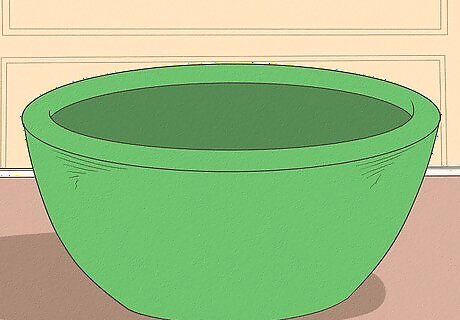
Buy a foot bath. Foot baths (also known as pedicure bowls) or appropriately sized wash basins should be easy to find at your local department stores or big-box stores (also known as superstores). They might also be available at larger drugstores. If you’re on a budget, a wash basin will be cheaper than a foot bath. As it is not specifically designed for feet, make sure you buy something large enough to comfortably fit both your feet (you might even try standing in it in the store). Consider the depth of the basin as well — you’ll want the water to reach just above your ankles. If you buy a foot bath/pedicure bowl, make sure that you’re able to safely put ingredients besides water into the tub before you buy it.
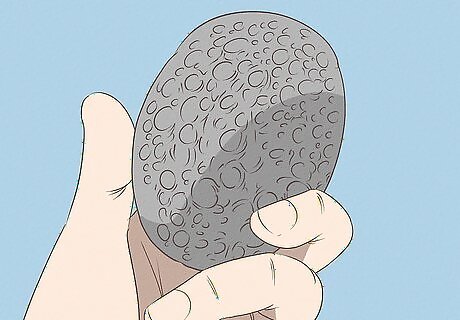
Buy a pumice stone. There are many types of pumice stones available. They should be easy to find at your local drugstores or superstores. Some pumice stones just look like a stone, others come on rope, and others come on sticks. None are inherently better than the others; just choose what you like the best. Make sure to purchase a pumice stone specifically made for beauty purposes, or you’ll risk damaging your skin.
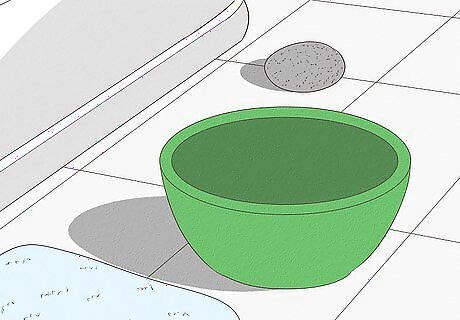
Decide where you will soak your feet. Will you do it in the living room while watching TV? Will you do it in the bathroom while listening to music or reading a book? Wherever you decide to soak your feet, ensure that you’ve got the area properly set up before moving on to the next steps. If you wish to rinse your feet after the soak, it’s a good idea to stay in or near the bathroom.
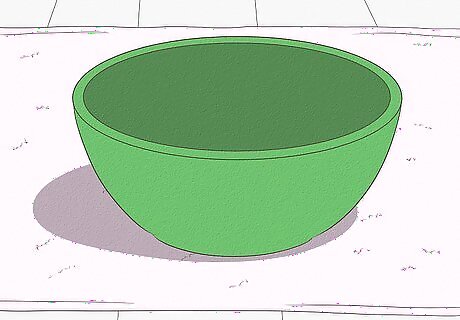
Be aware of the type of floor you’re soaking your feet on. If you are on tiles or hardwood, place a towel on the floor so that you won’t damage your floors or slip on any water that might spill as you soak and exfoliate your feet. If you are on carpet, you may want to put the basin/foot bath on a place mat or some other form of waterproof material to protect your carpet.
Pre-washing Your Feet
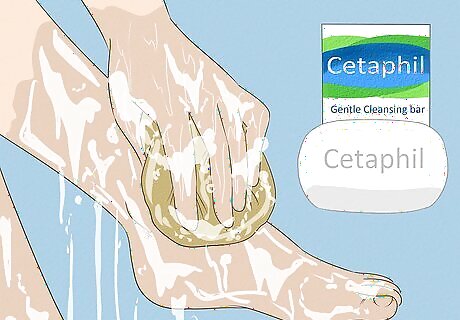
Wash your feet with mild soap and warm water. Before soaking your feet in the foot bath, give them a quick wash to remove any excess dirt. Stand in your bathtub or shower, get your feet wet, soap them up, and rinse them. Be sure to use a mild soap that won’t irritate the skin of your feet.
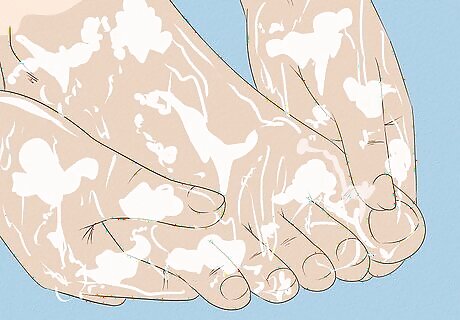
Be thorough. Be sure to wash between your toes, around your ankles, and at the tops of your feet in addition to your soles. This is particularly important if you’re often barefoot or in sandals.
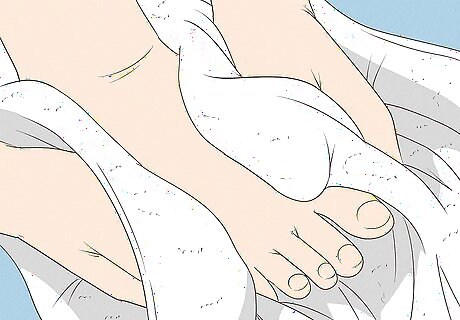
Pat your feet dry with a clean towel. As you do so, pay attention to any particularly dry areas of your feet, as they might be less obvious once they’re in the bath. You’ll want to remember them for when you exfoliate your feet later.
Soaking Your Feet in the Epsom Salt Bath
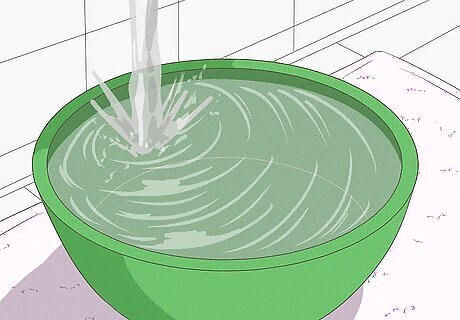
Fill your basin or foot bath with hot water. Use the hottest water that you can tolerate without scalding your feet. Be careful not to overfill it. Fill the basin up about 2/3rds of the way to the top. This will leave enough room for your feet, which will displace the water once you put them in the basin/foot bath. Check to make sure you can tolerate the water before adding the Epsom salt to avoid wasting the salt if you later need to dump some hot water out and add some cool water. If you have a foot bath/pedicure tub, consider taking advantage of additional settings like vibrations to boost your experience.
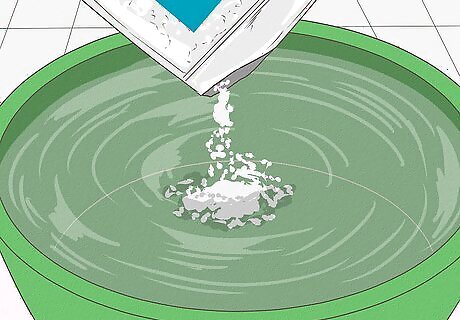
Add Epsom salt to the hot water. How much you need to add will vary depending on the volume of water you’re adding it to. For a standard-sized foot bath (or foot bath-sized basin), add 1/2 a cup (118 ml) of Epsom salt. If you wish, you can also add a few drops of essential oils, such as lavender oil. These can not only give your foot bath a relaxing scent, but may also have added benefits, like antimicrobial properties.
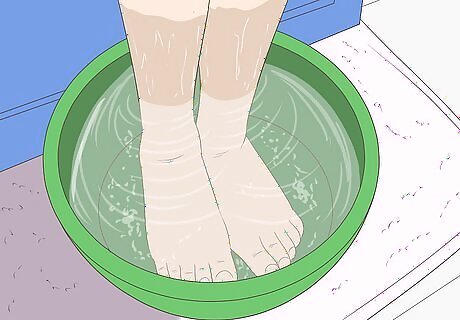
Put your feet in the foot bath/basin. Place them into the basin carefully, making sure that the water isn’t too hot and that it’s not spilling out of the tub. Once your feet are in the tub, you can move them around gently to help mix the Epsom salt into the water.
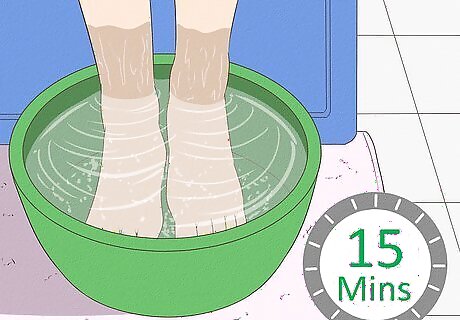
Soak your feet for 10 to 15 minutes. After this time, you’ll notice that the rough parts of your feet are softer (and maybe even a bit puffy). When they’ve reached this stage, they’re ready to be exfoliated.
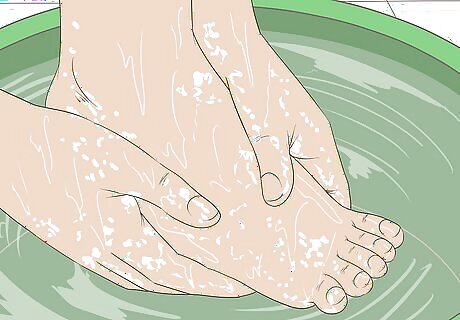
Exfoliate your feet with an Epsom salt scrub. Add a small amount of hot water to a handful of Epsom salt and combine them until they form a paste. Massage the paste into your feet for a couple of minutes to help remove rough skin. Don’t forget to exfoliate around your toes and the backs of your heels where dead skin may be less apparent.
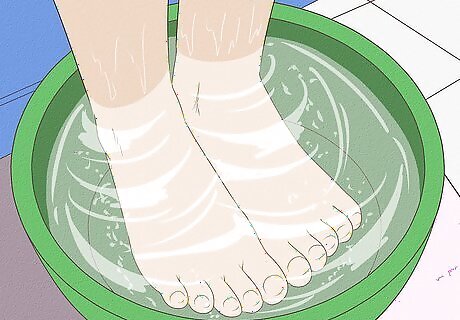
Dip your feet back into the foot bath. Rinse off the paste by dipping your feet back into the foot bath after you’ve applied the exfoliating Epsom salt scrub.
Exfoliating and Moisturizing Afterward
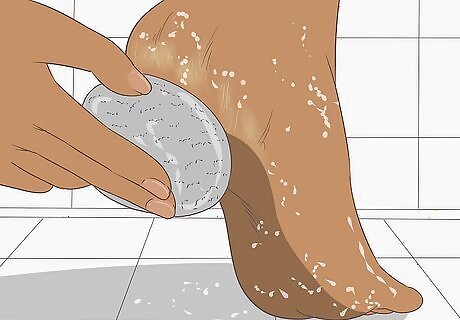
Exfoliate your feet using a pumice stone. Lift your feet out of the tub — you do not need to dry them beforehand. Ensure that you’ve wet the stone before you use it on your feet. Applying light to medium pressure, rub the pumice stone on the wet, callused parts of your feet for 2 to 3 minutes to remove dead skin. Rubbing too hard with a pumice stone can result in irritated skin and infection. It shouldn’t hurt, so if it begins to, either rub more gently or, if your skin is very irritated, stop all together until it heals. You can use a pumice stone daily, but be sure to rinse it after every use. If it looks particularly worn, try boiling it or, if that doesn’t seem to refresh it, replace it. If you can’t find or don’t want to use a pumice stone, you can also purchase a foot file at most drugstores and superstores. You use it much like a pumice stone, rubbing it against the callused parts of your feet with gentle to medium pressure, and backing off if it hurts.
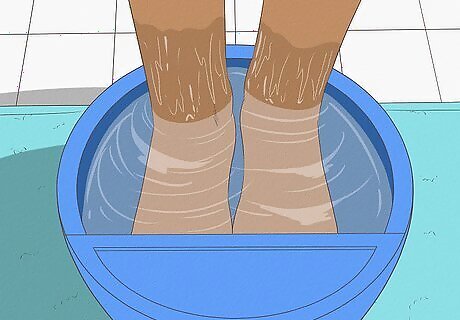
Rinse your feet. If your foot bath is still clean — not full of dead skin flakes — you can put your feet back into the bath to give them a final rinse before drying them off. If the bath is full of dead skin bits or if you just feel cleaner rinsing with clean water after the soak, place your feet under a tap and rinse your feet using lukewarm water. Some people claim that Epsom salt is detoxifying, and that it is necessary to rinse after soaking in an Epsom salt bath so as to remove the toxins that have come to the surface of your skin. There is little to no scientific evidence to show this is true, but it also doesn’t hurt to rinse!
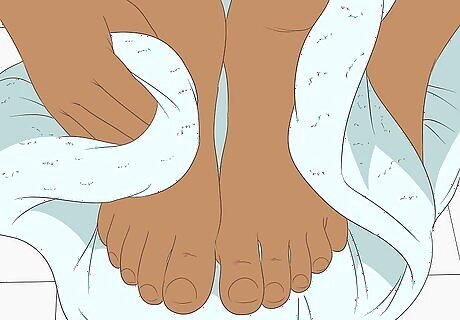
Gently wrap your feet in a towel. Wrap your feet in a towel to soak up most of the water, then pat them dry. Avoid rubbing your feet as this might irritate your skin.
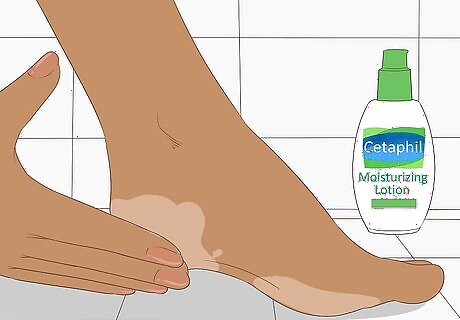
Moisturize your feet. After drying your feet, apply a moisturizing lotion. What you use will depend on your own preference, but it’s best to use something with little to no scent. If your feet aren’t super cracked or dry, you can get away with a lighter moisturizer; if they’re very dry, you might want to use something heavier or even made specifically for cracked, dry feet. After applying a gentle oil or lotion, cover your feet up with socks before bed. Avoid moisturizing with petroleum-based products, as these may be carcinogenic.
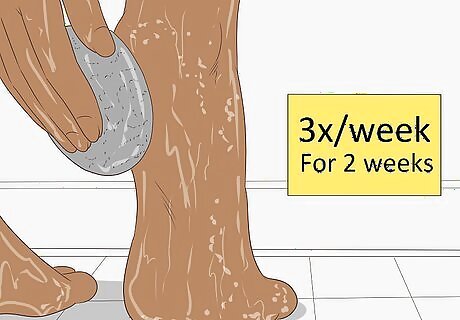
Be patient. Depending on how rough your feet are, it may take more than one soak to get them soft. If you consistently follow these steps two to three times per week, you should see results within one to two weeks.
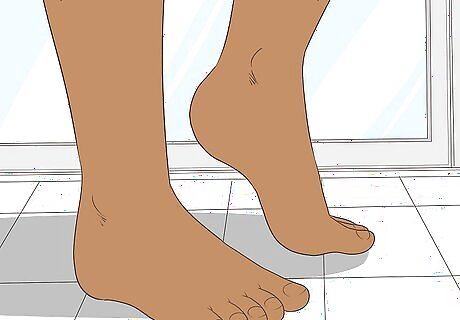
Enjoy your soft, sleek feet! Don’t stop once you’re happy with your feet. Keeping your feet soft over the long term means continuing to take care of them; however, you may not have to soak your feet as often.




















Comments
0 comment